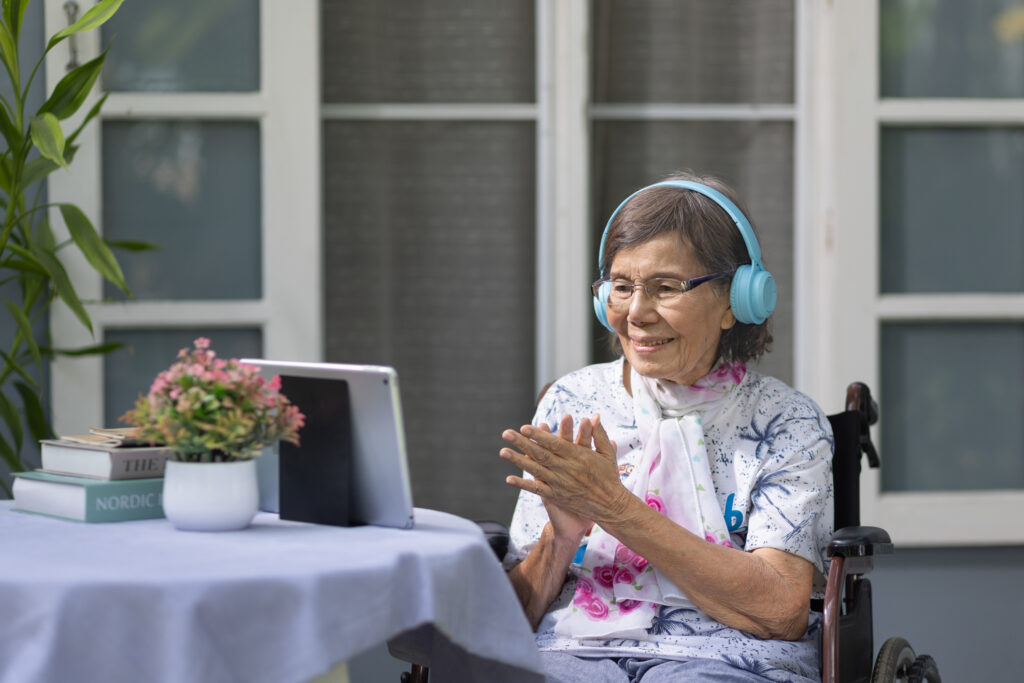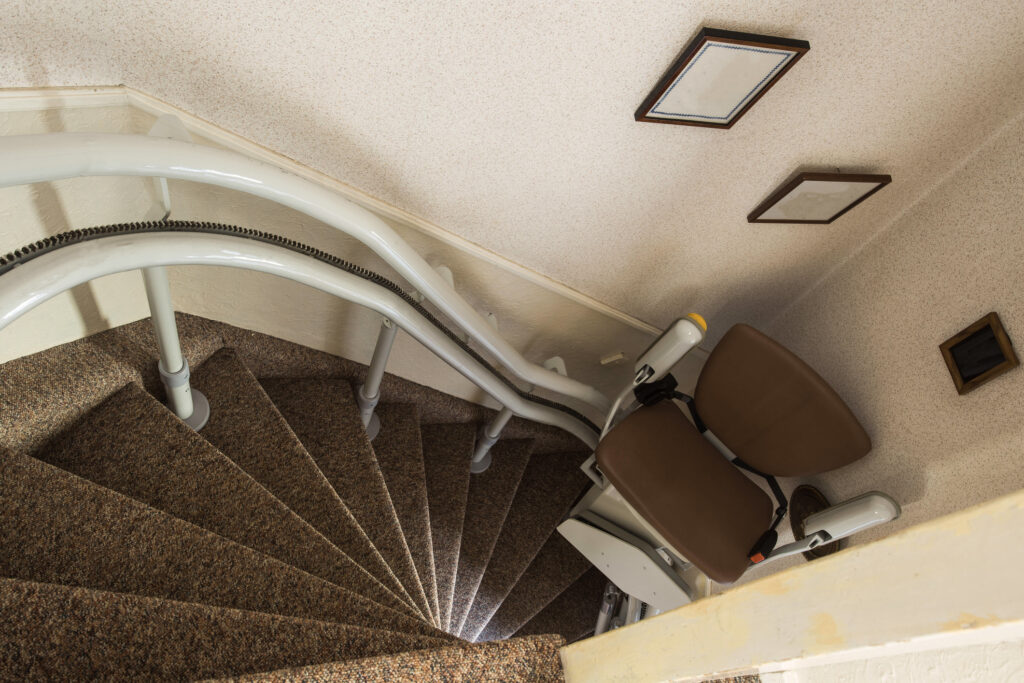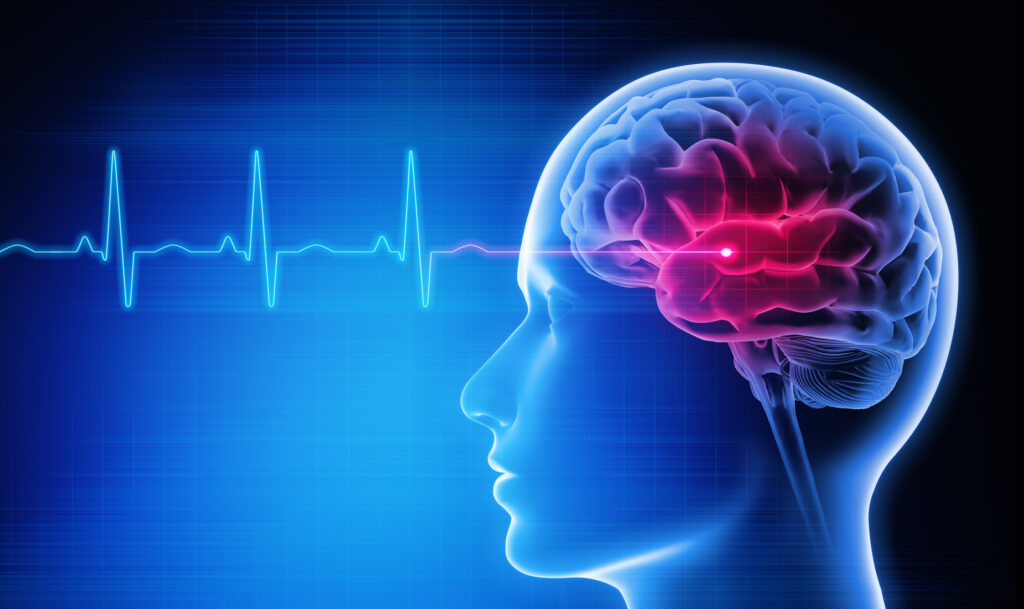Motor Vehicle Accident Services
After a motor vehicle accident (MVA), an individual can be left with physical, cognitive and psychological impairments that impact activities of daily living, leisure and productivity. Whether an individual was a driver, passenger or a pedestrian, it is important to implement services to assist with assessment, goal setting, intervention and recommendations. At IM-OT we pride ourselves on responding quickly to our referrals, collaborating with interdisciplinary professionals and coordinating optimal health services during a challenging time.
It is important to choose a service provider that is knowledgeable about the auto insurance industry, the Statutory Accident Benefit Schedule (SABS) and the navigation of working with a personal injury lawyer. For over a decade, IM-OT has collaborated with many firms and clinics in the Greater Toronto Area to assist clients with a seamless navigation of what can feel like a complex system. At IM-OT we care about the journey of our clients and their respective family members. We understand the profound ripple effect that can be experienced due to injury, inability to work, difficulty caring for oneself and even dependents. We are here to actively listen and empower you along the road to recovery.
Pre-Discharge Hospital Assessment

After a MVA, an individual may remain in hospital due to sustained injuries and require consultation with in-patient staff. Our occupational therapists play a crucial role in bridging the gap of communicating with our clients, their respective therapists and coordinating pre-discharge home safety assessments.
Physical, cognitive and psychological changes sustained as a result of an accident, can impact an individual’s lifestyle. There may be environmental barriers, assistive devices or equipment that needs to be implemented prior to returning home. These recommendations can range from a wheelchair or walker for safe balance and mobility to a ramp to assist with accessing an entrance to a home. Short-term memory deficits due to a brain injury can impede the safe use of a stove. Depressive symptoms may impact motivation to participate in post-accident self-care and homemaking tasks.
IM-OT provides occupational therapists that will conduct in-hospital assessments, coordinate with the inpatient medical staff, visit a client’s home to assess the environment and coordinate necessary assistive devices and/or equipment to ensure a plan of care is in place prior to leaving the hospital.
Form 1: Assessment of Attendant Care Needs

Ontario’s Accident Benefits are governed by the SABS. Accident Benefits allow for an individual insured under the Insurance Act of Ontario to obtain benefits after a motor vehicle accident regardless who was at fault.
Pursuant to section 19 of the SABS, an insurer is required to pay an Attendant Care Benefit for all reasonable and necessary expenses “incurred” on behalf of an insured person as a result of a MVA for services provided by an aid or attendant. If injuries are characterized as “non-minor injury” or “catastrophic”, as defined under the SABS, an individual may be entitled to attendant care benefits to a maximum of $3,000 per month or $6,000 per month. A Form 1 – Assessment of Attendant Care Needs is can be assessed by an occupational therapist who will determine the amount of attendant care required by an individual as well as the monthly amount payable by the insurer.
Occupational therapists that are well suited to complete attendant care assessments given their training in functional adaptation within the context of physical, cognitive and psychosocial dysfunction (OSOT, 2009).
AT IM-OT, we offer a diverse group of licenced registered occupational therapists who offer specialties to assist with addressing the needs of our clients.
Case Management Services
An individual that is insured in Ontario and sustains a catastrophic impairment as a result of a MVA, is entitled to receive Case Management services as referenced in section 17 of the SABS.
The Case Managers at IM-OT understand the unique needs of a client during the rehabilitation process and assist with empowerment during their ongoing recovery. A Case Manager is a pivotal one point of contact for a client that will assist with coordination of care across different disciplines, initiating referrals to different care practitioners, researching potential service solutions, organizing rehab team meetings and advocating with insurer to ensure treatment plans are funded
Catastrophic Situational Assessments
A Situational Assessment is designed to determine a client’s ability to perform useful functions and to adapt to stressful situations.
A Situational Assessment involves assessing a client in a variety of real-life settings to determine the client’s ability to perform useful function and to adapt to stressful situations. Depending on the needs of the client, the assessment may involve situations at home, work, and/or in the community and therefore is called a “Situational Assessment.” There can be risks associated with these assessments as the client may suffer decompensation as a result of physical, cognitive, and/or psychological impairments that are triggered by the experience of the assessment situations.
A Situational Assessment is conducted by our occupational therapists that have obtained specialized certification as a Functional Observer (FO) to support the determination of catastrophic designation for a client who has been injured in a motor vehicle accident in Ontario under:
a) Criterion 4 (brain injury on imaging + GOSE);
b) Criterion 7 (55% impairment possibly including a mental and behavioural component); and c) Criterion 8 (mental and behavioural impairment based on the four spheres).
A Situational Assessment may be used to inform the catastrophic team as to whether the client meets the definitions of catastrophic impairment as outlined in the SABS.
Assistive Technology and Adaptive Equipment

IM-OT provides occupational therapists that will provide an assessment of your home environment. Whether you reside in a two-storey house, apartment, long-term care or retirement facility; every home requires a thorough assessment to ensure a safe environment.
Occupational therapists will collaborate with an individual to determine required equipment or assistive devices that are required to ensure safety in your home. Post-accident ability to perform self-care tasks can be made easier by providing devices to assist with getting dressed, self-grooming, toileting, feeding and bathing. Housekeeping and home maintenance can be enabled through use of long handled and lightweight equipment.
With the fast-paced emergence of artificial intelligence, our occupational therapists are integral in assessing for smart home technology, This may include voice-activated systems, automated lighting and medication reminder to assist with increasing independence.
Advances in wearable technology and smart tools are revolutionizing the way therapists assess and track client progress. Devices such as smartwatches, movement sensors, and virtual reality tools can help clients improve motor skills, track rehabilitation progress, and motivate them with interactive exercises.
Home Modifications

After a life changing MVA, an individual may sustain injuries that require an occupational therapy home modification assessment. This type of assessment can assist with the decision making process of whether to remain in a current home with modifications to barriers or move into an alternative living environment.
Our occupational therapists will conduct and in-home assessment that includes thorough description and pictures of each room and living space. The therapist with collaborate with a client, family members and reliable vendors to ensure suitability of recommendations. Modifications can include: building an outdoor ramp to assist with wheelchair accessibility, a customized stair lift to accommodate a winding staircase in a two storey home, creating a walk-in tub to assist with the barrier of a tub height, lowering cupboard and counter heights for easier accessibility. Additional modifications can include electronic operating doors, voice operated and/or programmed lights and fall detection systems and emergency response devices.
Our occupational therapists assist with providing safety in combination with accessibility and comfort to assist with coping with sustained accident related injuries. The goal is to maximize a client’s independence.
Cognitive Rehabilitation

The human eye often easily identifies a physical injury; perhaps an individual is using a cane, a walker or even wheelchair to assist with their balance. However, a brain injury is commonly sustained as a result of a MVA and can impair an individual’s cognition. These impairments can present as difficulty with short term memory, attention, concentration, challenges with initiation, planning, problem solving and decision making.
IM-OT has occupational therapists that will perform the necessary cognitive assessments to determine the functional needs of their clients. Interventions may include remediation techniques, compensatory strategies or even adaptations to a client’s environment to assist with maximizing their independence. Additionally, assistive technology can play a crucial role in providing visual and auditory reminders to complete tasks and to simplify activities of daily living.
Virtual Care and Telehealth Services

At IM-OT we offer virtual care via a PHIPA compliant platform. This type of service continues to expand and evolve following the COVID-19 pandemic. Virtual care is a valuable tool for increasing accessibility when in-person may not be feasible. It assists with geographical reach to service individuals in remote or underserved areas.
As noted by the College of Occupational Therapists of Ontario, “the use of technology to deliver healthcare services has become increasingly prevalent as an alternative or addition to in-person services. Remote services involve using information and communication technologies to provide occupational therapy services when clients and occupational therapists are not together in-person (World Federation of Occupational Therapists, 2014). Remote services can include phone calls, video conferencing, or other technology-assisted formats. Virtual therapy sessions allow therapists to work with clients from the comfort of their homes, whether for follow-up care, guidance on exercises, or evaluations.
Remote services also provide elements of non-clinical services such as virtual meetings or the provision of education or the provision of education in an online workshop or webinar.
Job Site Assessment and Gradual Return to Work Services
Our therapists provide job site assessments after a motor vehicle accident to ensure that an individuals’ current functional abilities match the demands the job. A work site assessment and physical demands analysis are conducted to properly address if the job continues to be an appropriate fit for an individual. Once deemed appropriate, a therapist will then develop a collaborative plan for the gradual return to work. This may include an ergonomic assessment and implementation of a healthy work space, education regarding proper postures and body mechanics, energy conservation strategies, modified hours and duties with gradual return to full capacity as deemed appropriate between the client and employer.
Chronic Pain Management
Our occupational therapists are essential in chronic pain management by helping individuals understand and manage their pain, regain function, and improve their quality of life. Chronic pain, which persists for longer than three months and often has no clear end, can significantly affect a person’s physical, emotional, and social well-being. An occupational therapist with take a holistic approach to address the multifaceted nature of chronic pain, using strategies that empower clients to manage pain while performing daily tasks.
Rather than focusing solely on short-term injuries, occupational therapists are also developing methods for helping individuals manage chronic pain over the long term. This includes new approaches to pain management and the integration of mindfulness or cognitive-behavioral therapy (CBT) into rehabilitation.
The interventions of therapists focus on improving function, reducing pain intensity, and promoting independence, all while teaching clients how to manage pain in their daily lives. Through techniques like activity modification, ergonomic adjustments, cognitive-behavioral therapy, improving sleep hygiene, stress management, and graded exposure, occupational therapists help individuals live better with chronic pain and achieve a better quality of life.
By working collaboratively with other healthcare providers, occupational therapists help create a comprehensive treatment plan tailored to the individual’s specific needs, enhancing the potential for long-term pain management and overall well-being..
Future Cost of Care Analysis
Our trained professionals assess the holistic needs of clients and are therefore the most suited to conduct a future cost of care analysis. This is a comprehensive report detailing the expected costs that a client may likely occur after sustained injuries from a motor vehicle accident.
The will gain insight from the multidisciplinary team of health professionals involved in a client’s ongoing care and document their forecasted treatment costs. This legal document is an excellent means of providing insight into the clients current deficits and the physical, cognitive and or emotional impact that may catastrophically affect an individuals’ life until their demise.
Collaborative Care

Team Approach: At IM-OT we believe in collaboration with other healthcare providers (e.g., occupational therapist assistants, social workers, dietitians, speech language pathologists therapists) to ensure a comprehensive, multidisciplinary approach to addressing a client’s unique needs. This team approach ensures that individuals receive a holistic treatment plan tailored to their specific needs.

